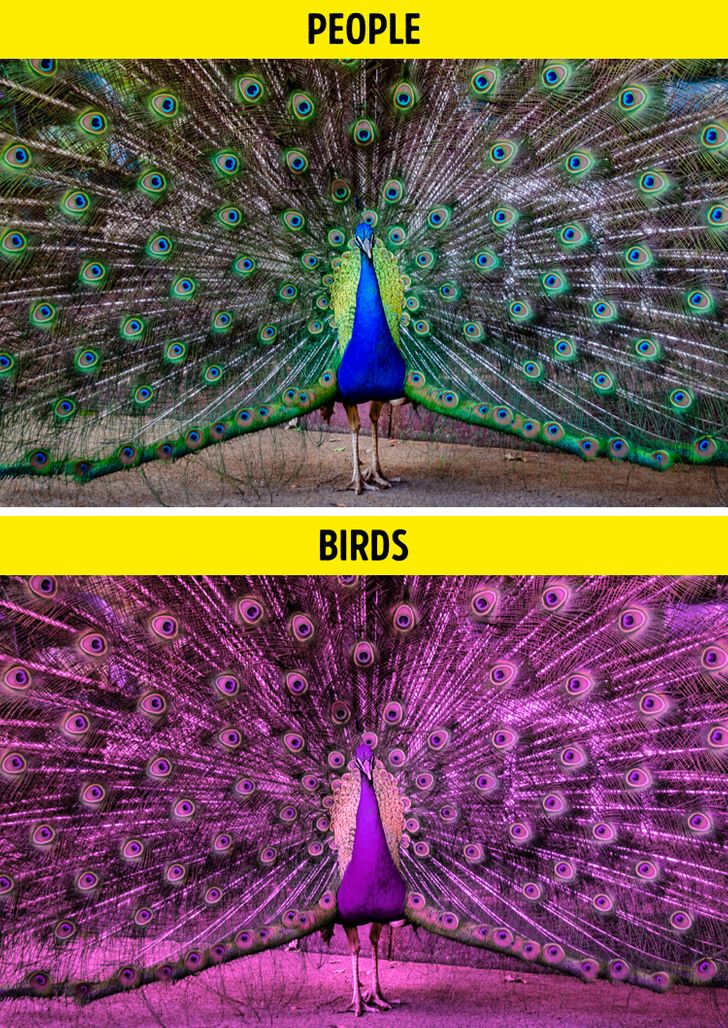
How Animals with Eyes on the Side See the World
Have you ever wondered how animals with eyes on the side of their heads, like horses, rabbits, and goats, see the world? Do they have a wider field of vision than we do? Are they able to see behind them? Let’s explore the fascinating world of lateral vision.
Lateral vision is the type of vision that animals with eyes on the sides of their heads have. These animals have a much wider field of vision than we do, which gives them a better sense of their surroundings. They can see almost all the way around them, with only a small blind spot directly behind them.
Binocular Vision vs. Monocular Vision
Humans have binocular vision, which means that we have two eyes that are positioned in front of our face. This gives us depth perception, which allows us to see the world in three dimensions. Animals with lateral vision have monocular vision, which means that they only have one eye that is positioned on the side of their head. This gives them a wider field of vision, but it does not give them depth perception.
Monocular vision has some advantages over binocular vision. For example, animals with monocular vision can see a wider range of movement. They can also see objects that are very close to them, which is helpful for grazing animals.
Blind Spots
Animals with lateral vision have a small blind spot directly behind them. This is because their eyes are positioned on the sides of their heads, so they cannot see directly behind them. This blind spot is usually not a problem for these animals, as they can rely on their other senses, such as hearing and smell, to detect predators or other threats.
Field of Vision
The field of vision of an animal with lateral vision is much wider than that of an animal with binocular vision. For example, horses have a field of vision of almost 360 degrees, while humans have a field of vision of about 180 degrees. This wider field of vision gives animals with lateral vision a better sense of their surroundings and helps them to avoid predators.
Examples of Animals with Lateral Vision
There are many different animals that have lateral vision, including:
- Horses
- Rabbits
- Goats
- Sheep
- Cows
- Deer
- Elephants
- Rhinos
- Hippos
- Birds
- Fish
- Reptiles
Conclusion
Lateral vision is a fascinating adaptation that helps animals to survive in their environment. It gives them a wider field of vision and helps them to avoid predators. If you ever see an animal with eyes on the side of its head, take a moment to appreciate the amazing way that they see the world.
Are you interested in learning more about lateral vision?
If you are interested in learning more about lateral vision, there are a number of resources available online. You can also find books and articles on the subject at your local library. Here are a few links to get you started:
- Lateral vision on Wikipedia
- Lateral vision in animals: A review
- The evolution of lateral vision in vertebrates
FAQs about Lateral Vision
Q: Do animals with lateral vision have depth perception?
A: No, animals with lateral vision do not have depth perception.
Q: What is the advantage of lateral vision?
A: Lateral vision gives animals a wider field of vision, which helps them to avoid predators.
Q: What is the disadvantage of lateral vision?
A: The disadvantage of lateral vision is that animals have a small blind spot directly behind them.
Q: What animals have lateral vision?
A: Many animals have lateral vision, including horses, rabbits, goats, sheep, cows, deer, elephants, rhinos, hippos, birds, fish, reptiles, and mammals.

Image: brightside.me

Image: www.pinterest.com
National Geographic | Animal close up, Eye close up, Animal photography … In conclusion, the 12 animals mentioned – chickens, goats, rabbits, deer, horses, sharks, ostriches, tortoises, elk, capybaras, iguanas, and octopuses – all share the characteristic of having eyes on the sides of their heads. This adaptation provides them with a larger field of vision, enabling them to detect potential threats and predators.